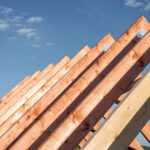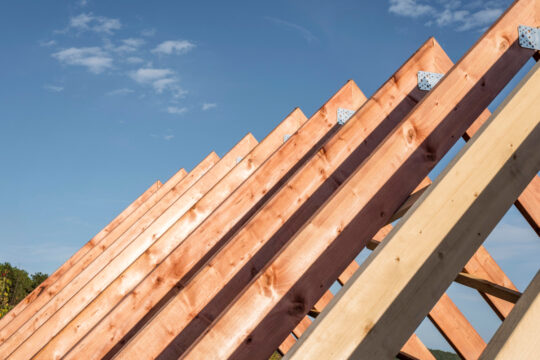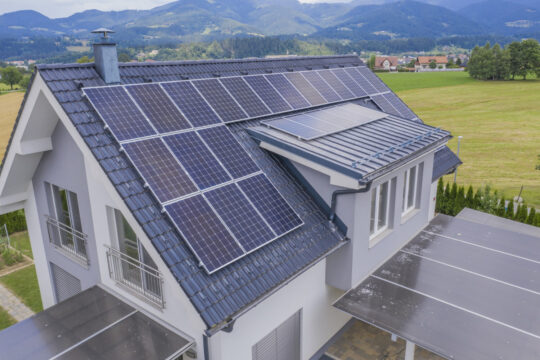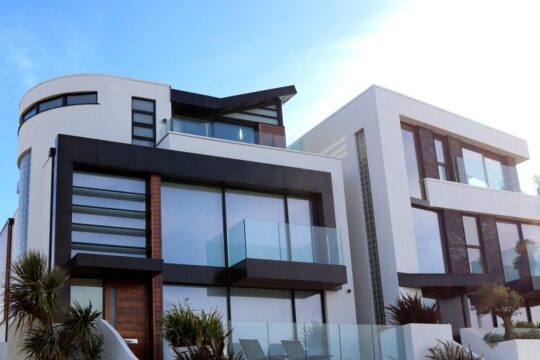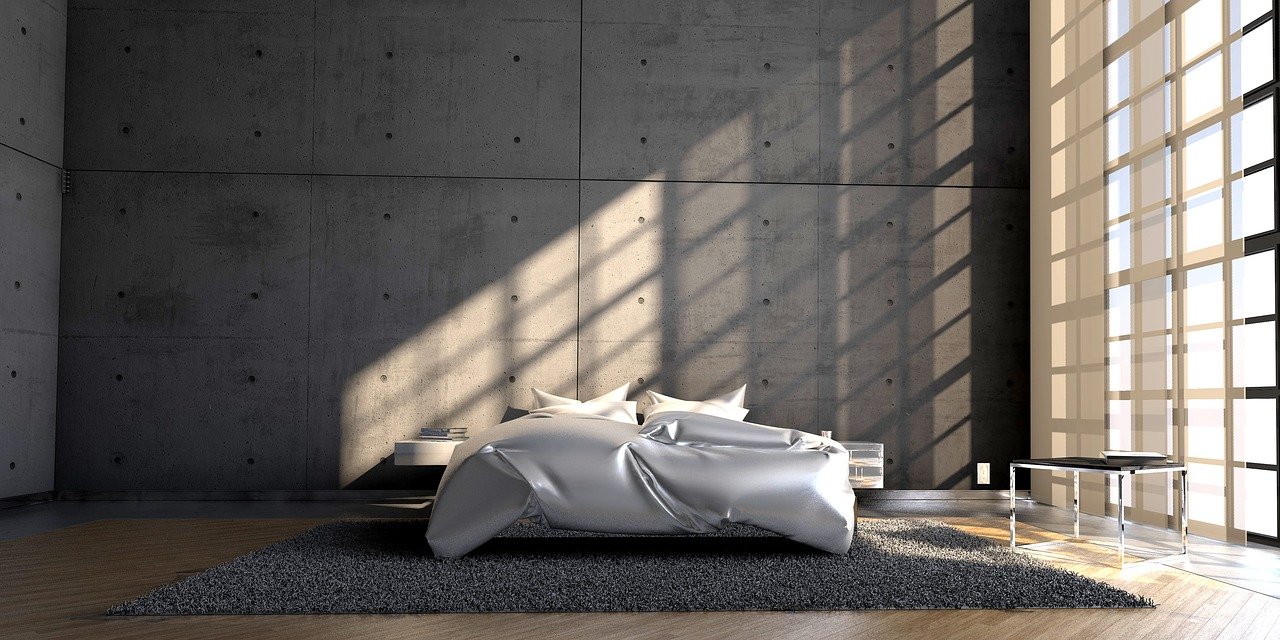 When it comes to the creative use of textures, few fields outshine architecture and interior design. Architects are constantly challenged with creating dynamic spaces using ‘found’ materials to satisfy the needs for sustainability.
When it comes to the creative use of textures, few fields outshine architecture and interior design. Architects are constantly challenged with creating dynamic spaces using ‘found’ materials to satisfy the needs for sustainability.
But there are other ways to create more sustainable structures. Concrete has always been used for utilitarian purposes until the past few decades when it emerged as one of the most versatile building materials on the market.
Here are some of the top concrete styles available in architecture movements today.
Brutalist Architecture
Brutalism is an architectural style created during the mid-20th century. Brutalist architecture gained popularity during the 1950s and maintained its appeal well into the 1980s.
This architectural style takes cues from many international themes but is usually easy to identify because of how it uses raw materials. Brutalism is defined by harsh block-like forms and exposed raw materials.
The starkness of raw materials is what gives this design style its name. You’ll find this architectural style used commonly in civic buildings like libraries or city halls.
But there are many modern uses for Brutalist Architecture as well. Critics of the style usually compare it to its opposite which could be ornate or gothic designs.
Why use block-like forms instead of intricate detailing to make a building stand out? Many Brutalists are purists.
They believe a building shouldn’t hide its form. Exposed concrete styles show exactly what the building is made from and how it maintains its form.
The simplicity of this concept is very attractive to architects who love bold, raw design styles.
Modern Concrete Styles
The biggest problem with Brutalism is that it hits you over the head with oversized forms and harsh lines. It’s not always visually pleasing as seen with the infamous design of Boston’s city hall building.
The building is infamous in the design community for being an oversized, unattractive eyesore. But concrete styles have come a long way since Boston’s city hall.
Modern concrete building designs play into the world around us for inspiration. This is where many Brutalist architectural styles fell short.
The beauty of a boulder in the middle of the desert isn’t its harsh lines. It’s the way its lines flow into the general landscape surrounding it.
El Capitan appears to have just emerged from the surrounding rocky structure behind it. Modern concrete buildings follow this same rule.
By looking to nature for inspiration, modern architects find ways to blend their concrete buildings into the surrounding space. Very innovative designs include concrete homes built into the side of a mountain cliff or an upside-down pyramid hanging over the edge of a hill.
Modern architects seek harmony where Brutalists seek simplicity. New architectural styles leave room for both elements.
The Bauhaus Movement in architecture is built on the principle that an object should never hide its nature. Students of this design principle aim for simplicity in a way that also brings harmony.
Nothing is ornate or extraneous. But Bauhaus urges designers to mix materials and think creatively about their balance.
The Met Breuer building is an excellent example. The building is nothing if not Brutalist with mixed concrete tiles to create texture.
But it’s not an eyesore. Many architects regard the building as a masterpiece.
It brings together stark, block-like design adding a few well-placed windows made from geometric materials. The result is a building that looks like it should be inside the museum itself.
It’s not harsh even though the exterior is almost exclusively concrete. Another example is the Farnsworth House in Plano, Illinois.
It’s made exclusively from glass and concrete. This rectangular fish-bowl like design brings together practical form with dynamic use of materials.
The building has a set of geometrically laid steps flowing down on either side of its main entrance. The off-centered staircase transforms the tiny building from a simple rectangle into a work of art.
Modern Home Designs
Modern homes use concrete styles that help them stand out from neighborhood architecture without looking offensive. Many neighborhood associations limit modern design styles to ensure there’s no Brutalist house in the middle of an otherwise attractive community.
You’ll find concrete home exteriors paired with glass and a mix of other natural materials. The use of glass, ironically, gives residential homes a warmer feel when concrete is included as an exterior siding.
Architects are often challenged with bringing in wood elements to make sure the home doesn’t stick out too much from the natural environment. The mix of materials around the exposed concrete makes it feel both truthful and visually pleasing.
Most modern homes are defined by their use of materials and clean lines. Rarely do modern homes mix concrete styles with anything synthetic.
If a synthetic siding is used, it’s only to copy the look of something that occurs in nature as you can see here.
The Case for Modern Concrete Styles
Concrete styles are an eyesore when used alone. Every concrete building relies on a mix of natural materials or the surrounding natural landscape in order to reveal its beauty.
This makes concrete the ideal material for buildings. Architects can use this substance to enhance other natural materials without fear of it stealing the show.
It’s understated, yet bold. Concrete offers clean lines, yet still brings texture.
Architects have their pick of materials when working with concrete. It’s a team player in most design schemes and can be easily painted when you’re looking for a way to create a more vibrant design style.
For more information and tips, visit our blog for updates.

